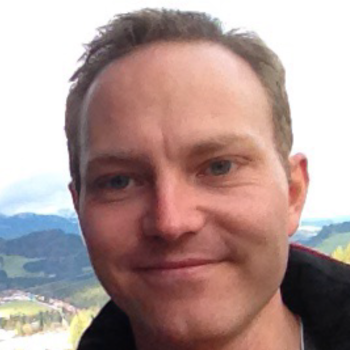Biography
Claus has a background in Accelerator Mass Spectrometry (AMS) and building common detectors used in these experiments. For his diploma thesis in physics (University of Cologne, Germany, 2015), he built a Time of Flight (ToF) system based on microchannel plates (MCPs) and set up the data acquisition. For his doctorate (Dr. rer. nat. in experimental physics, University of Cologne, Germany, 2019) he changed the topic to nuclear structure physics via gamma-ray spectroscopy. He soon became a known expert on lifetime measurements using Doppler-shift methods and designed new plunger devices used in these type of experiments. The targets require to have the best possible surface quality and need to be stretched within the device. Claus produced targets for local experiments and also in other laboratories, because they were too fragile for transport. Before moving to Argonne in 2020, he took the lead of the FN tandem accelerator complex in Cologne. The sputter samples he produced made new and more intense beams available for isotope production and nuclear structure studies.
At Argonne National Laboratory he focused on running experiments with combined setups of Gammasphere or GRETINA coupled to either particle detectors like Microball, Neutron Shell or to the recoil separators FMA and AGFA. Within a Lab Directed Research and Development (LDRD) project he built a compact plunger device in collaboration with the University of Cologne. The plunger iCAPS (integrated Cologne Argonne Plunger Setup) fits inside Microball or similar devices retaining the high efficiency and was successfully commissioned. Claus research interest stays in the evolution of collectivity of nuclei far from beta stability. Especially the region at the shell closures of Lead and Tin and the N=Z line draws his attention, where shape coexistence and a delicate interplay between single-particle and collective excitations is found. With the capabilities of the Center for Accelerator Target Science (CATS) he is looking forward to the production of Actinide targets, which are both interesting for transfer reactions but also decay spectroscopy after fission.
